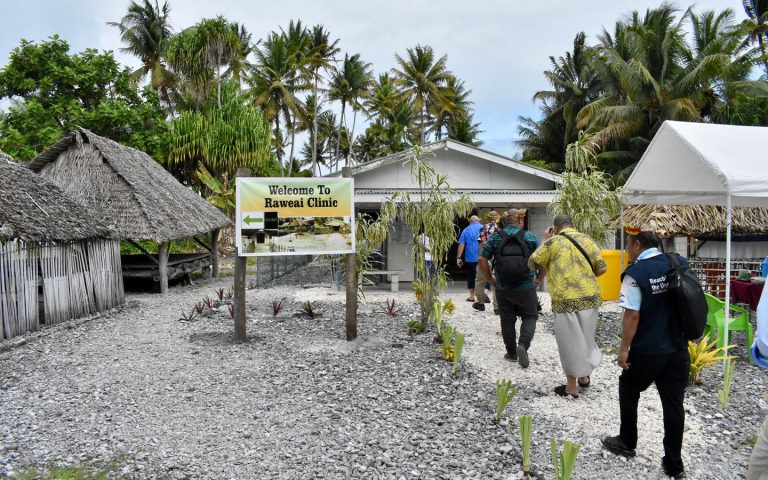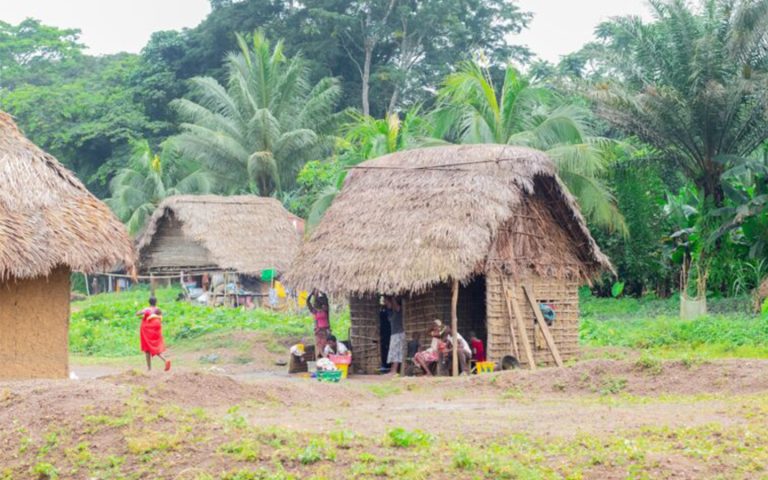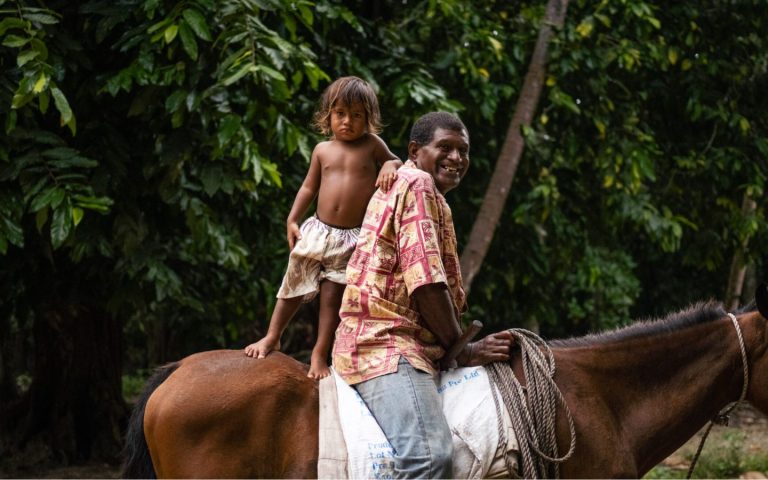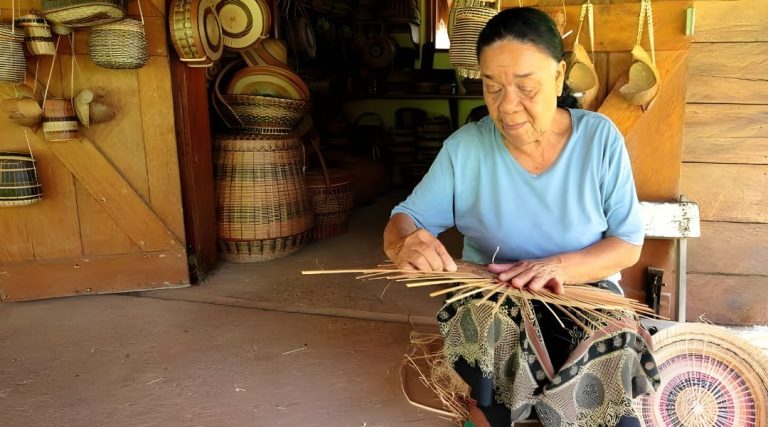Photo by Joshua Parks. Retrieved from theguardian.com
Excerpt from theguardian.com
The dispute illustrates the broader tug of war between preservation and growth on the sea islands throughout the south-east US. Created in the late 1990s, the cultural protection overlay is the brainchild of local activists and members of the Penn School for Preservation, an educational program on land use, also known as the Penn Center. It was developed to protect the land of Gullah Geechee people, the descendants of formerly enslaved west Africans who were forced to work on the islands’ rice and cotton plantations, and who remained in the area following the Emancipation Proclamation.
Although by many accounts the CPO has helped St Helena maintain its rural character, some say it has overreached its intent by preventing Gullah Geechee residents from developing on their land. “They’re still losing their property at the delinquent tax sale,” Gantt told the Guardian. When residents are unable to pay for their property taxes from the previous year, their land could be auctioned at an annual tax sale in October, which is how dozens of Gullah owners have lost their properties in recent years. “So the CPO has absolutely no advantages for the Gullah people.”
Ultimately, the proposed golf course has served as an ideological battleground for St Helena residents, with some advocating for increased development and infrastructure and others considering it a threat to environmental preservation and the Gullah Geechee way of life. “We’ve got to keep asking the question of the people who live within the CPO district,” said Emory Campbell, a former Penn Center executive director. “Are you satisfied with your lifestyle now versus the lifestyle of [the more developed island] Hilton Head?”























